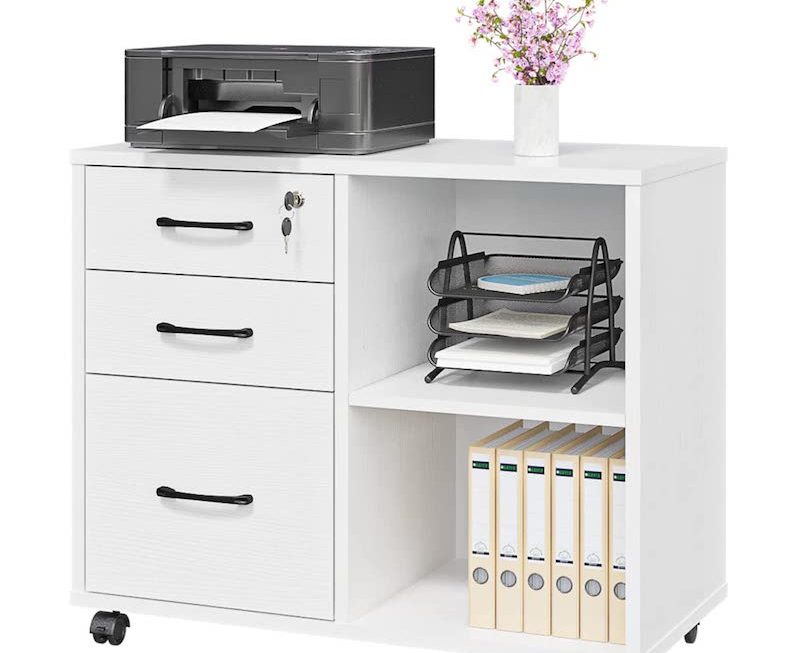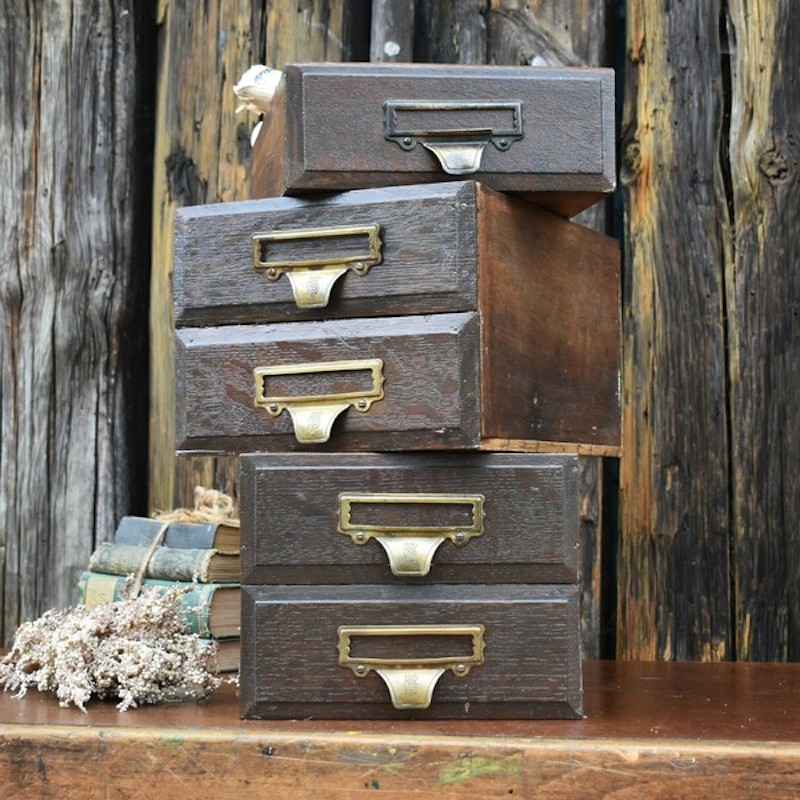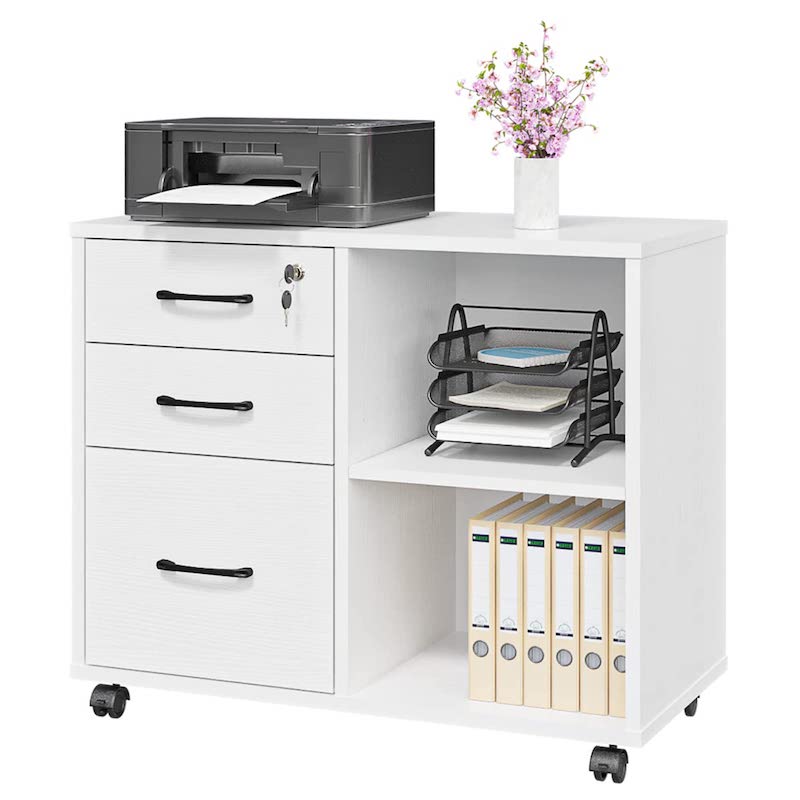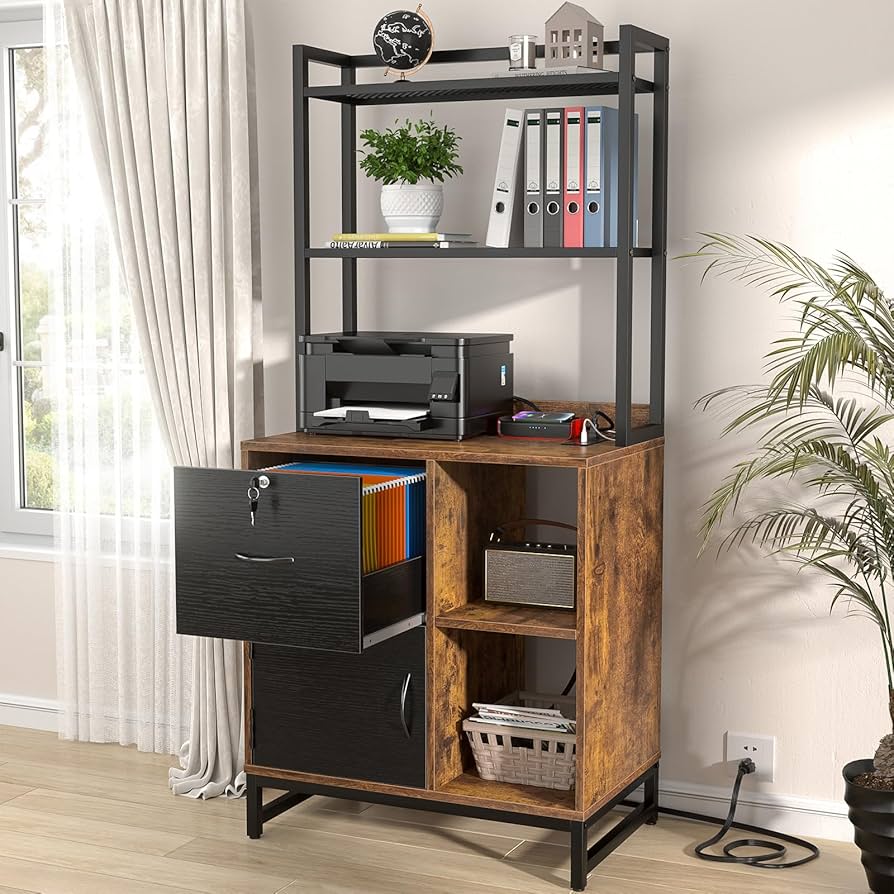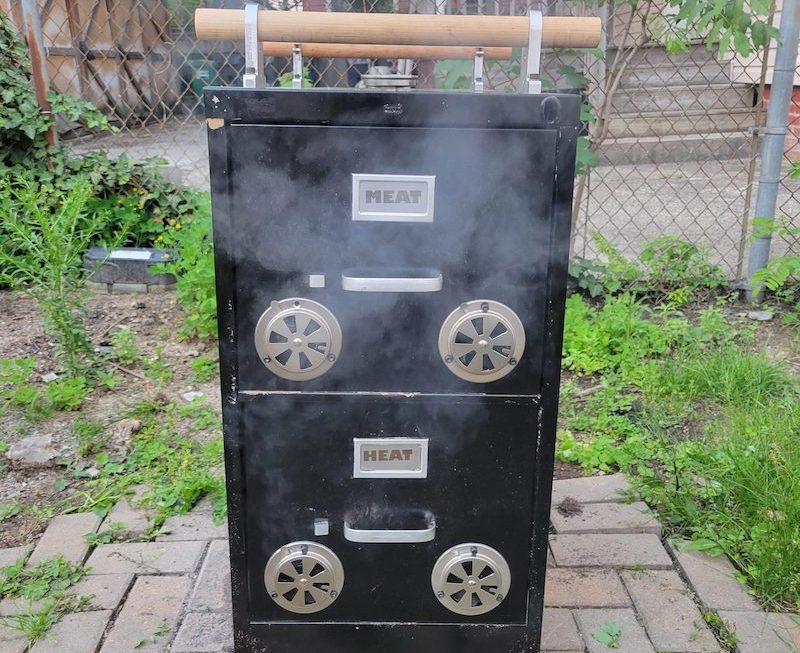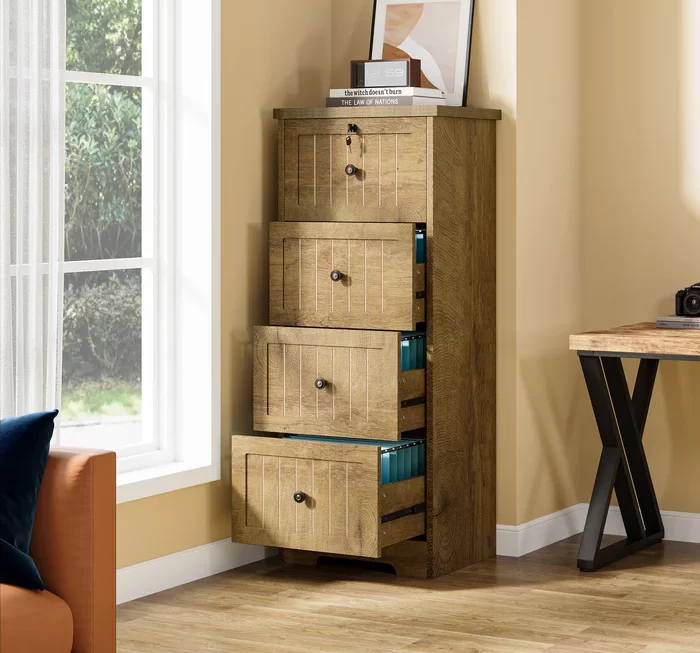Choosing the Right Size for Your Space
When selecting a filing cabinet for home office, size is crucial. Start by measuring your available space. Note the length, width, and height where the filing cabinet will go. This ensures a perfect fit. Keep pathways clear. A cabinet that obstructs movement can hinder productivity. Think of current and future storage needs. Choosing a size that accommodates growing file collections prevents clutter. Opt for models that align with your desk height. This creates a seamless look and extends work surface. Remember, a well-sized filing cabinet maximizes your home office space, making it more efficient and organized.
Considering the Design and Material
When you choose a filing cabinet for home office, consider design and material. These factors affect durability, style, and office ambiance. Wooden cabinets add warmth and a classic touch. Yet, they may weigh more and need more care. Metal cabinets are sturdy and often come with a sleek, modern look. They are easier to maintain. Think about the color and finish too. These should match your office’s overall color scheme. If you prefer an eco-friendly option, look into cabinets made from recycled materials. They offer sustainability without compromising on style or function. Remember that the material influences the cabinet’s weight, portability, and longevity. Pick a design and material that reflect your personal style and meet your practical needs.
Vertical vs. Horizontal Filing Cabinets
Choosing the right type of filing cabinet for your home office is key. It impacts how you organize files and use your space. Vertical filing cabinets are tall and take up less floor space. They’re ideal for small home offices. Such cabinets often hold more files per drawer. These units are great for extensive file collections. Horizontal filing cabinets, or lateral files, are wider and lower. These cabinets work well under windows or as office dividers. They allow easy file access without reaching too high. Most allow for side-to-side or front-to-back filing. This makes them versatile for different file sizes.
When considering vertical or horizontal filing cabinets, think of your space and how you work. Do you prefer standing to sort through files? Go for a vertical cabinet. If you need a large, accessible surface with filing space beneath, consider a horizontal one. Measure your space, check the filing needs, and choose accordingly. A proper filing cabinet for a home office will keep your space neat and your files at hand.
Innovative Storage Solutions: Modular and Mobile Options
The trend of customizing home offices has sparked a demand for innovative storage solutions. A filing cabinet for a home office can be more than a static piece of furniture. Modular and mobile options offer flexibility and adaptability. Here are key points to consider:
- Modular Filing Cabinets: These consist of separate units that can be combined as needed. You can start with a single module and add more as your storage needs increase. They allow customization of your storage system to fit into any space.
- Mobile Filing Cabinets: These come with wheels for easy moving around. This is a boon for dynamic home offices where rearrangement is common. Mobile cabinets make cleaning easier and allow you to change your office layout without heavy lifting.
- Stackable Units: Some filing cabinets are designed to be stackable. They can grow vertically, saving precious floor space. This is particularly useful in tight quarters or when preserving a room’s open feel is important.
- Foldable and Collapsible Designs: For home offices used occasionally, or for those living in small spaces, foldable filing cabinets are ideal. They can be expanded when needed and tucked away discreetly when not in use.
Choosing a filing cabinet for home office that incorporates modular and mobile options gives you room to grow and evolve your workspace. Pick solutions that match your working style and space requirements for an efficient and organized home office.
Integrating Technology: Filing Cabinets with Smart Features
In today’s digital age, a filing cabinet for home office isn’t just about storage. The integration of smart features can enhance functionality and security. When exploring options, consider these technological enhancements:
- Biometric Locks: Some modern filing cabinets come equipped with fingerprint scanners. This ensures that only authorized personnel have access to your documents.
- RFID Blocking: For confidentiality, select cabinets that offer RFID blocking to protect sensitive information from electronic theft.
- Built-in Charging Stations: Look for filing cabinets featuring USB ports or wireless charging pads. They help keep your devices charged and workspace clutter-free.
- Smart Organization Apps: Certain filing cabinets are compatible with apps that assist with inventory management. You can track your files digitally, making them easy to locate.
- Automated Document Sorting Systems: High-tech cabinets may include automated sorting functions. They sort your files based on predetermined criteria, saving you time.
Choose a filing cabinet for home office that blends with technological advancements of the workspace. Aim for those that will cater to your needs while keeping your files secure and organized.
Organizational Tips for Home Office Filing
Organizing a home office can boost productivity and reduce stress. Here’s how to use a filing cabinet for your home office effectively:
- Categorize Your Files: Start by categorizing your documents. Group them by type or subject. Use tabs and labels for easy identification.
- Prioritize Accessibility: Place often-used files in the top drawers. Less frequently needed documents can go lower down.
- Implement a Color-Coding System: Assign colors to different categories. This visual aid will help you find files faster.
- Maintain a Clean-Out Schedule: Regularly review and purge outdated files. This keeps your filing system efficient and current.
- Utilize Drawer Dividers: These help subdivide space for smaller items. This way, you can avoid a jumbled mess.
- Adapt to Changes: Be willing to reorganize as your filing needs evolve. A flexible system responds better to your growing needs.
- Digital Back-Up: Consider scanning important documents. Keep digital copies as a back-up for added security.
These tips ensure that your filing cabinet for your home office serves its purpose well. Keep it tidy, and your workday will run more smoothly.
Balancing Aesthetics and Functionality
When choosing a filing cabinet for your home office, balance is key. You want furniture that’s both pleasing to the eye and practical. Here are some tips to strike the right balance:
- Blend with Decor: Your filing cabinet should complement the room’s style. Pick a design that fits with your home office decor.
- Functional Design: Look for features like smooth drawers and comfortable handles. You will use the cabinet often, so ease of use matters.
- Space Efficiency: Go for a cabinet that fits well and serves its purpose without wasting space.
- Quality Material: Choose durable materials that also look good. Think of how the cabinet’s appearance will hold up over time.
- Accessibility: Make sure it’s easy to get to your files. A cabinet that looks good but is impractical defeats its purpose.
- Personal Touch: Add your own flair. Maybe use stylish file organizers or drawer liners that reflect your personality.
Remember, a filing cabinet for a home office serves two roles. It must enhance the office space visually and help keep things organized. Choose a piece that will let you work comfortably and that you’ll be happy to see every day.
Where to Shop for Home Office Filing Cabinets
Finding the right place to buy a filing cabinet for a home office is the final step. Consider these options:
- Local Office Supply Stores: Check out nearby stores. They often have a range of styles and sizes. Plus, you can see and touch the cabinets before buying.
- Furniture Showrooms: These specialize in home decor. They might offer unique designs that complement your home office.
- Online Retailers: Websites like Amazon and Wayfair provide a wide selection. You can compare prices and read reviews at your convenience.
- Secondhand Shops: For budget-friendly options, try thrift stores or online marketplaces. You may find a high-quality cabinet at a lower cost.
- Specialty Stores: Some stores focus on office furnishings. They may offer higher-end models and expert advice.
- Direct from Manufacturers: Buying directly can save money. Some manufacturers sell to consumers online.
- Custom Furniture Makers: If you want a personalized touch, hire a carpenter. They can build a cabinet to meet your exact specifications.
Choose a seller that offers good customer service and warranty options. Check delivery methods, especially for bulky items. Above all, make sure the retailer provides quality products that match the filing needs of your home office.
